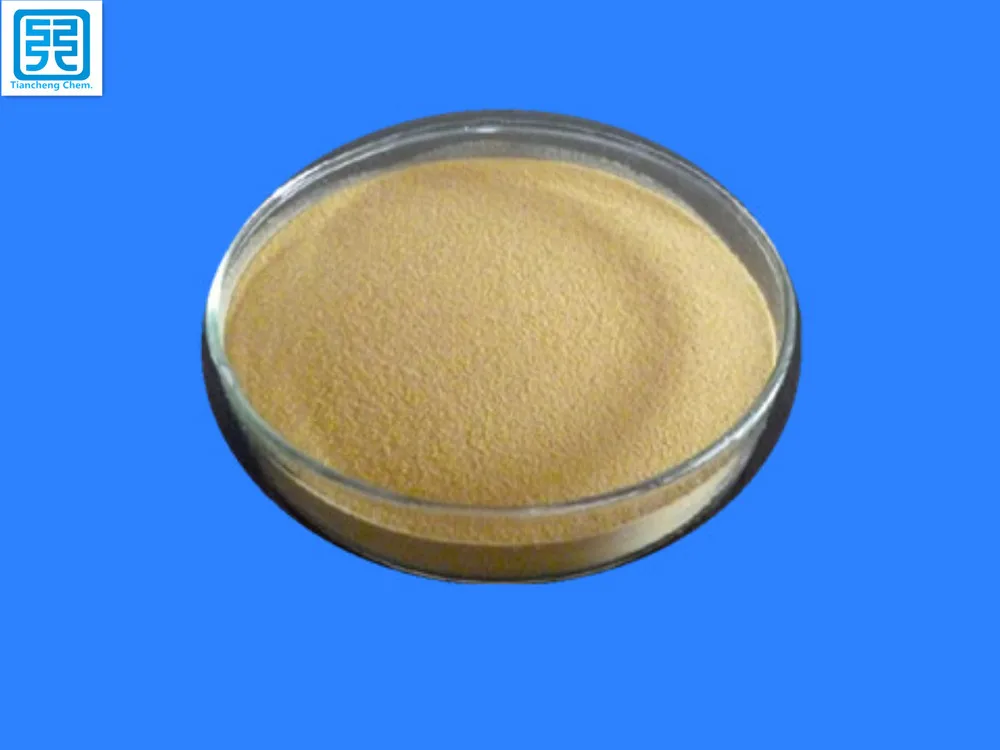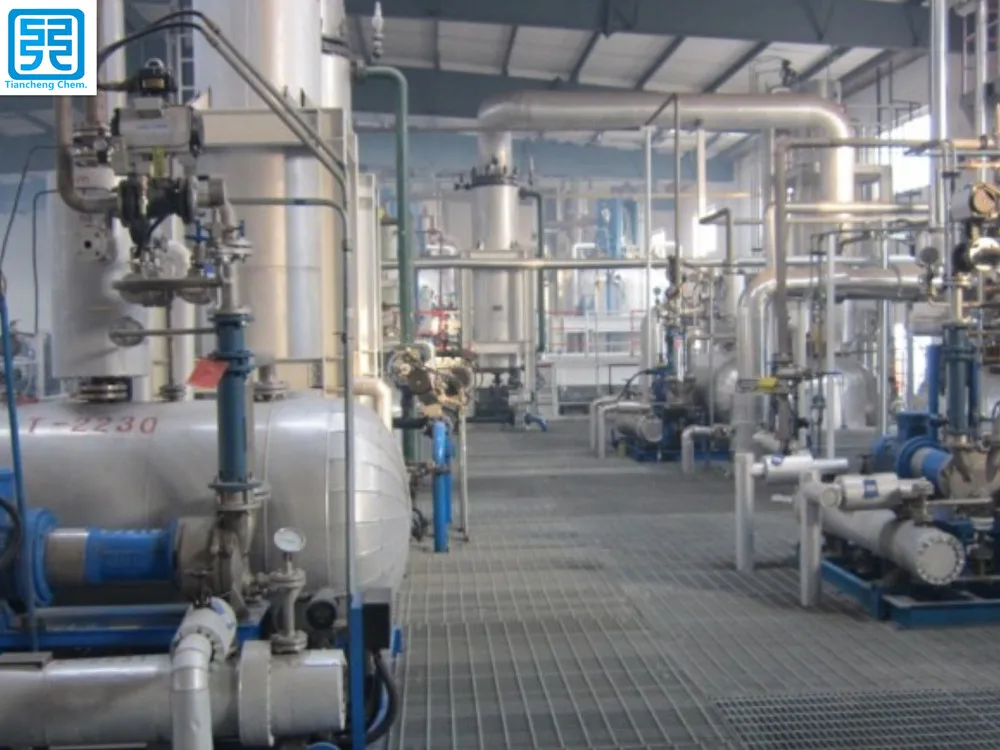Increasing the intensity of photosynthesis intensity of watermelon is mainly determined by the number of sugars such as sucrose, fructose, and glucose. The formation of these sugars is inseparable from photosynthesis. Therefore, the use of low temperature and anti-aging drip-free film is selected to keep the film clean, wipe the film once every 7 days, remove the dust on the film, and enhance the transparency. It is also possible to extend the lighting time by artificial light.
Increase carbon dioxide content After 9 o'clock in the sunny morning, open the ventilation vents. When the temperature is low, the vents should be small. The coke carbon dioxide generator can be used to release carbon dioxide when the coke is fully burned. Concentrated hydrochloric acid is placed in a corrosion-resistant container, and then a small amount of lime is added to produce carbon dioxide through a chemical reaction. Dry ice is directly released in the shed. The period of application of carbon dioxide is mainly in the period of fruitful growth of watermelon, especially during fruit development. The suitable time for application is around 10:00 am and the concentration is 0.1% to 0.5%.
Reducing nitrogen supply After the watermelon enlarges, it should reduce the nitrogen supply and increase the amount of potassium fertilizer. When applying Swelling melon fertilizer, 15-20 grams of potassium sulfate is added to each plant, especially to control the absorption of nitrogen by the plants in the later period of growth of watermelon. If excessive nitrogen is absorbed, the quality of watermelon will be reduced. Since the watermelon no longer grows at this time, excess nitrogen accumulates in the melon, which in turn deteriorates the sweetness and flavor of the watermelon. An increase in lateral vines during this period is an indication of excess nitrogen.
Increase the temperature difference between day and night. Higher daytime temperatures can increase the intensity of photosynthesis and reduce the greenhouse temperature after sunset. This can reduce the respiratory intensity of plants, reduce the consumption of sugar, and allow more sugar to be stored in the melon, which is beneficial to the accumulation of carbohydrates. Improve the sweetness of watermelon. In the late growth period of watermelon, ventilation is strengthened, and the day and night temperature difference in the shed can be artificially increased.
Before the harvest, the control of pouring fruits began to develop to 2 to 3 days before harvest. Environmental conditions and cultivation measures played a decisive role in the quality of watermelons. Many watermelon-producing areas have the saying “dry and melon is sweetâ€. Before the harvest, there was no rain, and the watermelon was indeed sweet. Before the harvest, it encountered heavy rain, while the watermelon was not sweet. Therefore, watering should be stopped 5 days before harvest of watermelon, which can relatively improve the sweetness of watermelon.
1. Chemical Composition:sodium methylene bis-naphthalene sulfonate
Appearance: beige brown powder
Solubility: soluble in water of any hardness
PH value: in 1% water solution, PH = 7-9
Performance: good diffusion and protective colloid, and no penetration and foaming .
Ion: anionic.
Stability: resistance to acid, alkaline, hard water, salt.
Affinity: have an affinity for protein and polyamide fibers, for cotton, hemp and other fibers no affinity.
Miscibility: may mix with anionic and non-ionizing surfactant simultaneously.

2. Specifications indicators
|
Items |
Indicators |
|
|
Type |
First Grade |
Qualified |
|
Appearance |
Beige brown powder |
Beige brown powder |
|
Dispersancy (Standard substance) |
≥100% |
≥95% |
|
PH Value (1% water solution) |
7-9 |
7-9 |
|
Sodium sulfate content |
≤3% |
≤5% |
|
Fineness (residuals of 60 mesh/screen) |
≤5% |
≤5% |
|
Calcium and magnesium ions, Ppm≤ |
1000 |
4000 |
|
Impurities (non soluble in water) |
0.05% |
0.10% |

3. Application
Printing and dyeing industry: mainly used for dyeing vat dyes suspension, leuco acid staining, dispersion and soluble vat dyes dyeing. Also be used for silk / wool interwoven fabric dyeing, the yarn is no color. Mainly used for industrial dye dispersion and diffusion of color lakes manufacturing additives.
Building materials industry: as early strength cement water reducing agent, the amount of 0.5-1% by cement after the shock has good dispersion effect, increasing the strength of cement. Diffused N of concrete tensile strength, impermeability, frost and compressive modulus of elasticity are improved, no corrosion of steel effect.
Pesticide industry: It can be widely used in wettable pesticides, with good dispersion and solubilization, can significantly improve the efficacy, dosage according to product requirements. Example: buprofezin, the amount of 3-5 %; thiophanate amount of 0.8-1.5 %, 0.8-1 % Kai Ling vegetables.
Electroplating industry: the color is added, crossing pigment dispersants N allows uniform dispersion can significantly improve the plating surface brightness, and the amount is usually 10% of the pigment.
Rubber industry: rubber (latex) of industrial production process, the dispersed substances such as sulfur accelerator, antioxidant zinc oxide fillers ( such as barium sulfate , calcium carbonate ), etc., added to the dry weight of a dispersing agent N2-4% , 10% dispersant solution prepared in advance , and along with the other components in a ball mill grinding , can improve the dispersion effect and shorten the milling time .
Packing: 25kg bags.
Storage: two years and must be upload and download lightly.
Dispersant N,Dispersant,Dispersing Agent Nno,Dispersing Agent
Shandong Tiancheng Chemical Co., Ltd. , https://www.tianchengchemical.com
